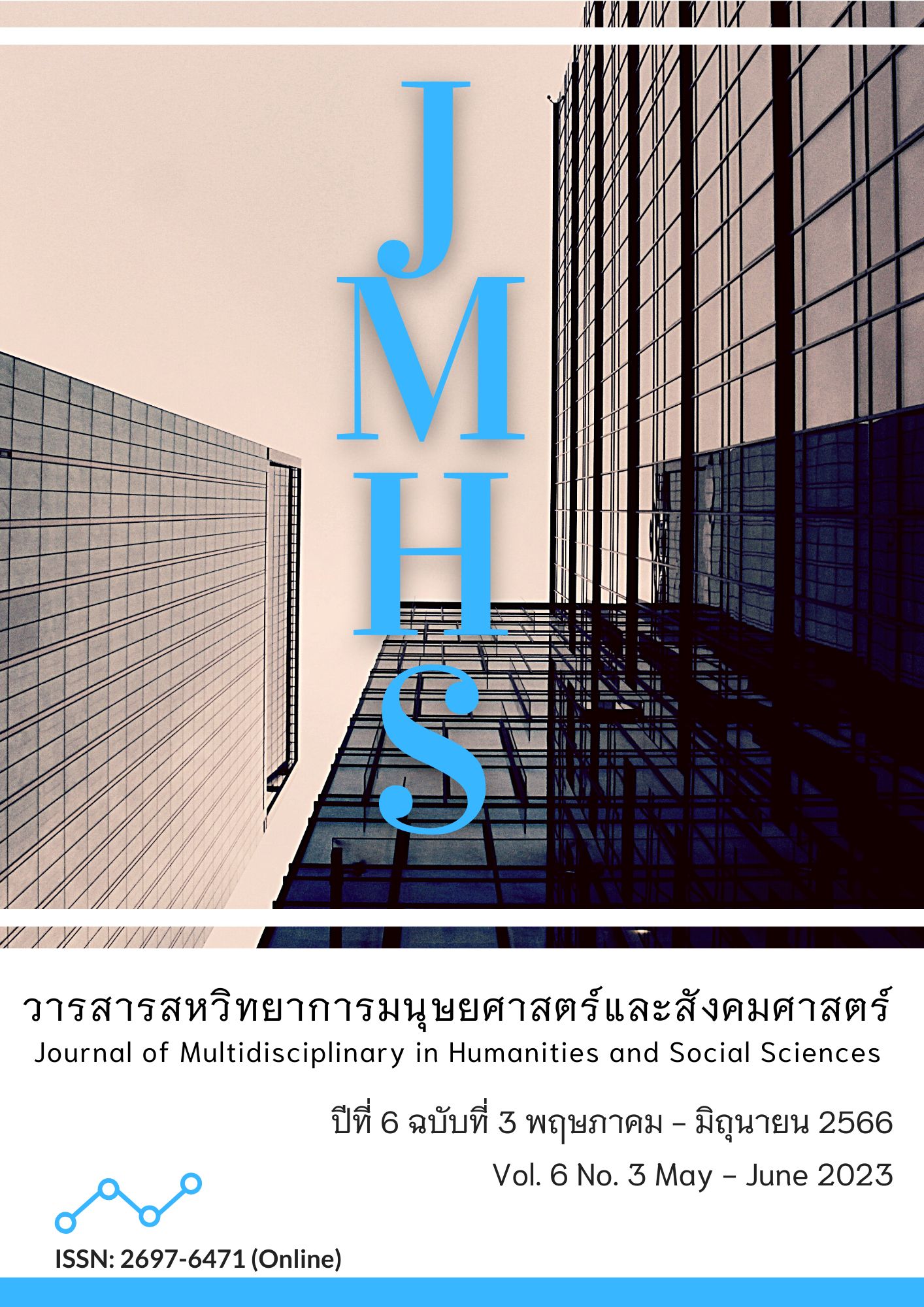Fostering Creativity in the EFL Classroom
Main Article Content
Abstract
At present, there is a growing awareness among teachers and learners of English of the cruciality of creativity. Thus, the purpose of this paper was to draw attention to the more focal role of creativity, one of the 3Cs skills of the 21st century, in addition to collaboration and critical thinking, in the EFL classroom. Creativity should be regarded as an important aspect of teaching and learning EFL. From a teaching perspective, it could depend on the teacher whether creativity finds a place in the classroom. In fact, creativity has multiple interpretations and can be looked at from different points of view. It is undeniable that both creative teachers and creative students would be excellent to have, but one does not imply the other. Creative teachers can surely design creative learning tasks or assignments, yet they do not necessarily and truly promote and develop creativity in their students. This paper is meant to explore how EFL students can be given the opportunity to become more innovative in learning English in the classroom with the support and guidance of the teacher, who bears the idea that creativity increases motivation, empowers learners, and helps create self-esteem.
Article Details

This work is licensed under a Creative Commons Attribution-NonCommercial-NoDerivatives 4.0 International License.
Views and opinions appearing in the Journal it is the responsibility of the author of the article, and does not constitute the view and responsibility of the editorial team.
References
Murata, K. (Ed.). (2020). ELF Research Methods and Approaches to Data and Analyses: Theoretical and Methodological Underpinnings. Routledge. https://doi.org/10.4324/9781003021650
Renandya, W.A., Nguyen, T.T.M., & Jacobs, G.M. (2023). Learning to Unlearn Faulty Beliefs and Practices in ELT. Studies in English Language and Education, 10(1), 1-15. DOI:10.24815/siele.v10i1.26009
Robinson, P. (2002) Individual Differences and Instructed Language Learning (Language Learning & Language Teaching). Amsterdam: John Benjamins.
Şad, S. N. (2008). Using Mobile Phone Technology in EFL Classes. English Teaching Forum, 46. 34-39.
Tin, Tan Bee. (2013). Towards creativity in ELT: The need to say something new. ELT Journal, 67(4), 385–397. DOI:10.1093/elt/cct022
Vitta, J. (2021). The Functions and Features of ELT Textbooks and Textbook Analysis: A Concise Review. RELC Journal. https://doi.org/10.1177/00336882211035826


